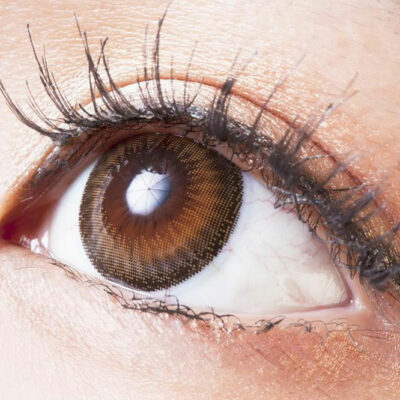
Elimination Diet for Cats with Food Allergies
Once you notice some changes in your cat’s behavior, like scratching their skin constantly or purring for no reason, you should consider taking your pet to the vet. The vet would most likely treat it for food allergies and will wait and watch for the cat’s response before a diagnosis. The biggest drawback when diagnosing food allergies in cats is the lack of tests or protocols that can identify the cause of food allergies. The scope of a blood test is limited. The only option left to identify the allergen is the elimination diet
Elimination diet and dietary challenge
If your cat improves after the elimination diet, the vet performs a challenge where the original diet is fed to the cat. If the symptoms return, it is a sign that the diet has allergens.
However, the most challenging period is for about 10 days. If the signs do not return, the next step is a provocation diet. They build the elimination diet, adding a single ingredient from the cat’s original diet. If there is no reaction, they add one ingredient at a time. When a new ingredient is added and the cat develops allergy symptoms again, they discontinue it, wait for two days, and move to the next ingredient. The entire cycle lasts for about 10-12 weeks.
Things to keep in mind during an elimination diet
The cat, when exposed to a new diet, might show resistance. You have to do your best to help them eat. If they reject the new diet completely, contact your vet so that an alternative or switch can be arranged for. If the diet results in the improvement of some symptoms, but if a few skin problems continue, the vet is likely to replace the diet with new food. Moreover, never change the food without consulting the vet midway through the elimination diet. If you have more than one cat, do not allow the affected one to steal from another bowl. Lastly, avoid giving any medication or pills during an elimination diet.
- Treats during an elimination diet
Avoid feeding your cat treats when on an elimination diet. Feeding them treats could interfere with the process and could lead to more allergic reactions as well.
- Food recommended for an elimination diet
Usually, vets supply the products necessary for an elimination diet. You can also use home-cooked food as an elimination diet. Store-bought diets can contain additives and items that could cause allergies. Grain-based foods, in some cases, are not effective in an elimination diet as they have a combination of ingredients. Food chosen for the elimination diet can include all ingredients by the end of the cycle.
If your cat has reacted to this earlier diet, you should aim to find what ingredients cause the allergy. Your vet will guide you through the process and will add one ingredient every two weeks to the diet.
By the end of the elimination diet, you will have a clear picture of what causes the allergy. Feed them foods that do not contain isolated ingredients. Many online stores offer a customized menu to take care of pet food allergies. However, they could be very expensive. You could also spend some time and make large batches of food for your cat to avoid the chances of an allergy.


